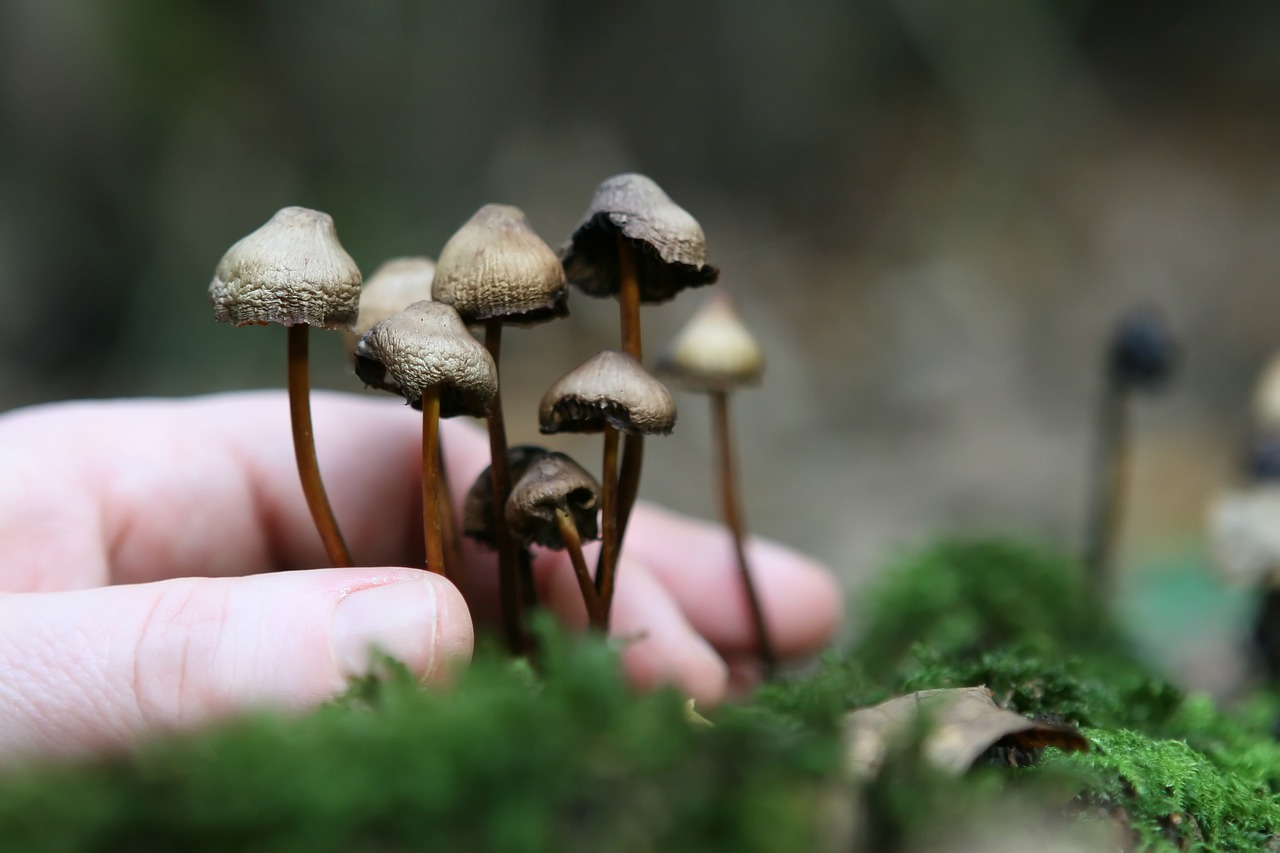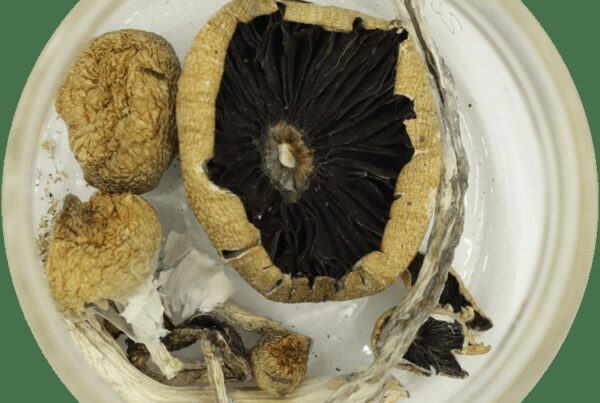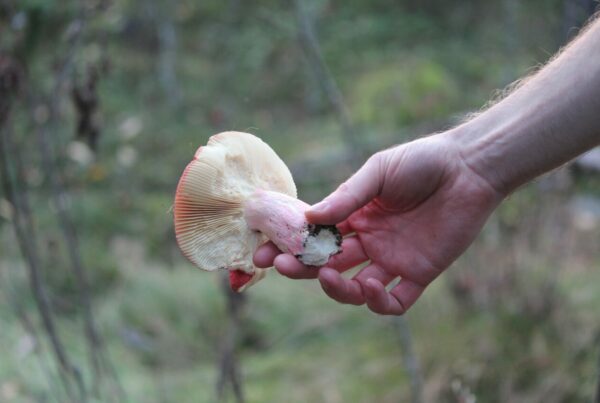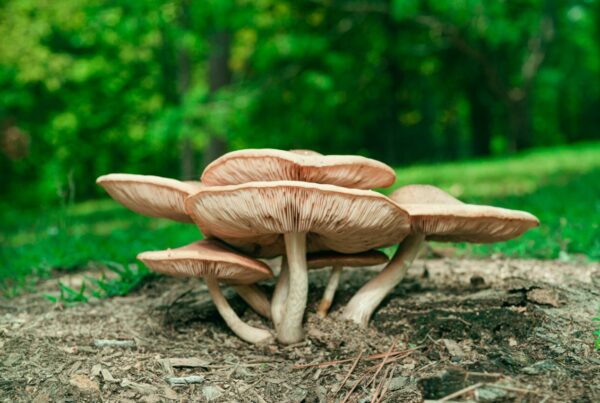Comprehending Mycelium
Mycelium, the root-like structure of fungi, acts as the digestive system for mushrooms. It finds nutrients, processes them into a digestible form for the fungus, and nourishes the fungus. The byproduct of this process enriches the nearby soil, offering essential nutrients for other plants and forming a nutrient-rich biomass that is ideal for gardening mulch.
Beyond their contribution to mushroom growth, mycelium networks are essential for the health and growth of numerous terrestrial plants, including trees. For example, tree roots engage in a beneficial exchange with fungi: the tree provides the fungus with carbon in the form of sugars, and in exchange, the fungus provides the tree with vital minerals such as nitrogen and phosphorus. Learn more about this symbiotic relationship here.
Fascinatingly, mycelium networks function as an underground communication system among plants, akin to the neural networks in our brains. Recent scientific studies suggest that plants and trees may have rudimentary nervous systems that fungi could potentially influence, impacting processes like communication, memory, and learning. Furthermore, mycelium helps maintain soil health by decomposing decaying organic matter and neutralizing any present pollutants.
If you have an interest in growing magic mushrooms, it’s crucial to understand the development of mycelium. Although the cultivation process may be complicated for beginners, acquiring knowledge about mycelium is an essential first step. Even though you always have the option to buy mushrooms from Magic Mushrooms Vancouver Canada online, learning about mycelium can enrich your cultivation journey.
Mycelium’s Growth Process
When fungal spores find a suitable growth environment, they kickstart the formation of two mycelium types. The first one, referred to as primary or monokaryotic mycelium, is defined by having a single nucleus in each cell and is usually invisible to the naked eye. The second one, named secondary or dikaryotic mycelium, is visible and contains two nuclei per cell.
When fungal spores germinate, they form an initial mycelium, termed the monokaryotic mycelium. Upon encountering another compatible monokaryotic mycelium, they can fuse together to create the second stage, known as the dikaryotic mycelium. This secondary mycelium is responsible for the production of mushrooms or sclerotia.
Types of Mycelia
There are three main types of mycelia, two of which represent successful cultivation.
- Rhizomorphic mycelia resemble strings in their extension and are made up of units referred to as hyphae. The network of grouped hyphae is known as rhizomorphs. Rhizomorphic mycelia first spread out, then send back chemical signals to the colony suggesting that the area ahead is suitable for nutrient provision. The remaining mycelia then advance. The hyphae at the tip of the rhizomorphic mycelia secrete peroxidase, an enzyme that decomposes the material ahead for nourishment. The hyphae then stretch over the material, distributing the nutrients throughout the colony. Many cultivators prefer this type of mycelia due to the increased probability of mushroom production as the Rhizomorphic mycelia emerge from the substrate.
- Tomentose, or “Fluffy” mycelia, have more commonalities than differences with Rhizomorphic mycelia. However, the arrangement of the fluffy mycelia strands is distinctive. They may not be immediately noticeable, but they are indeed present. Their cotton-ball-like appearance signifies that the strands are closely packed. The development of your mycelia into tomentose or rhizomorphic forms largely hinges on the growing conditions. Cultivators are still debating whether the type of mycelia impacts the growth rate or the yield.
- Aerial mycelia occur when the growing conditions are not optimal. In such cases, the mycelia tend to expand outward rather than spreading across the medium or balling up. Often misidentified as a bacterial infection, this type of mycelia can impede your mushroom cultivation, leading to smaller, weaker mushrooms. Aerial mycelia are typically triggered by inadequate fresh air exchange and excessive humidity.
Mycelium or Mould?
Distinguishing between mycelium and mould is vital. If you observe green, blue, grey, or black patches on or inside your fruiting box, it’s likely that your culture is contaminated. Discolouration is the primary sign. However, keep in mind that blue spots could merely indicate bruising.
Cobweb moulds are generally quite conspicuous. Contrary to the bright The Mycelium is typically characterised by its greyish-white colour and a texture that is stringy and puffy. Although cobweb moulds and green moulds pose no threat to human health, they can detrimentally impact the wellbeing of your mushrooms.
Magic Mushrooms Vancouver Canada: Your Ultimate Mushroom Information Resource
When psychedelic mushrooms in Canada become a topic of interest, remember to visit Magic Mushrooms Vancouver Canada. We are committed to providing pertinent information that ensures your mushroom experience is both enjoyable and safe.





